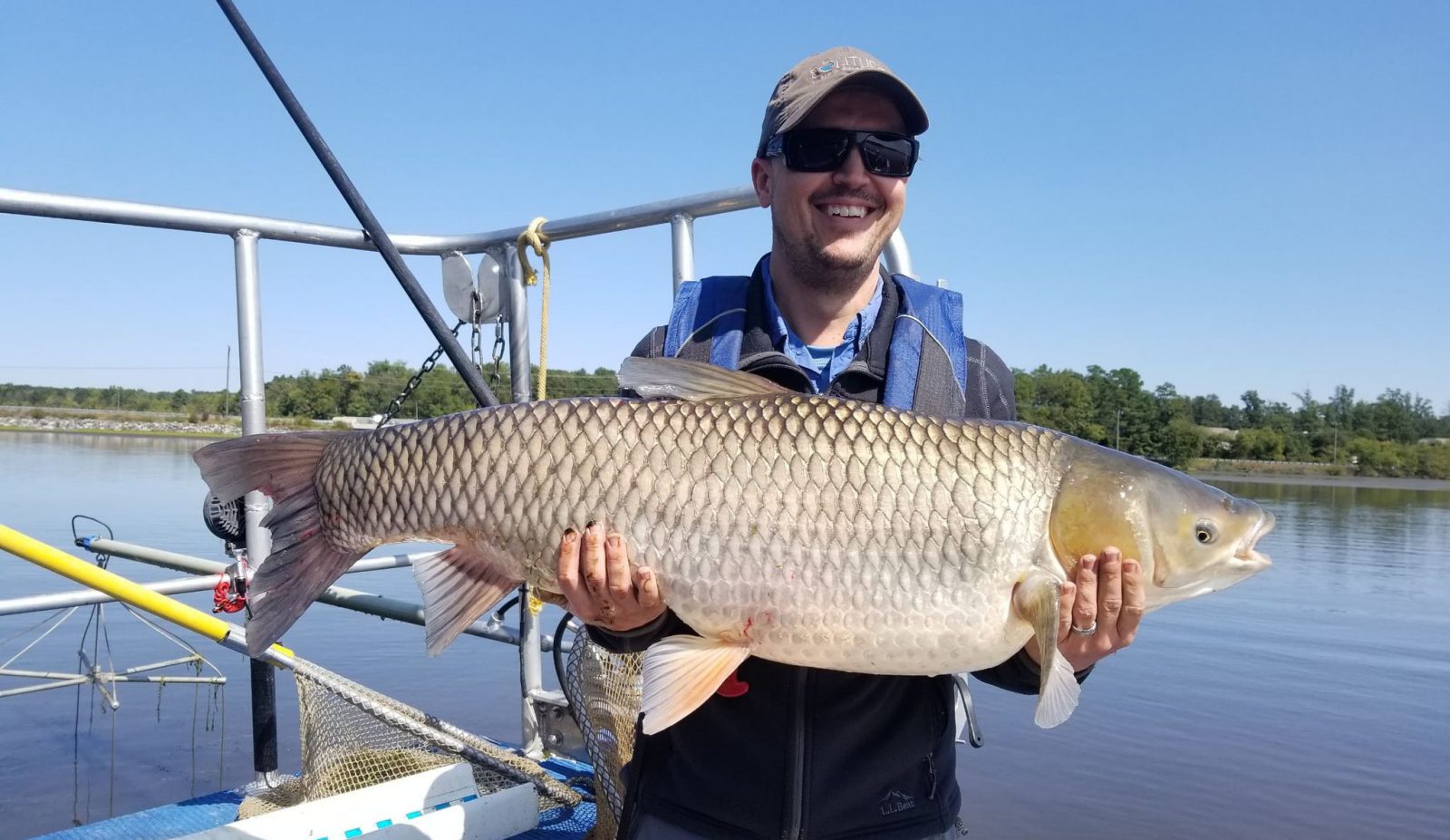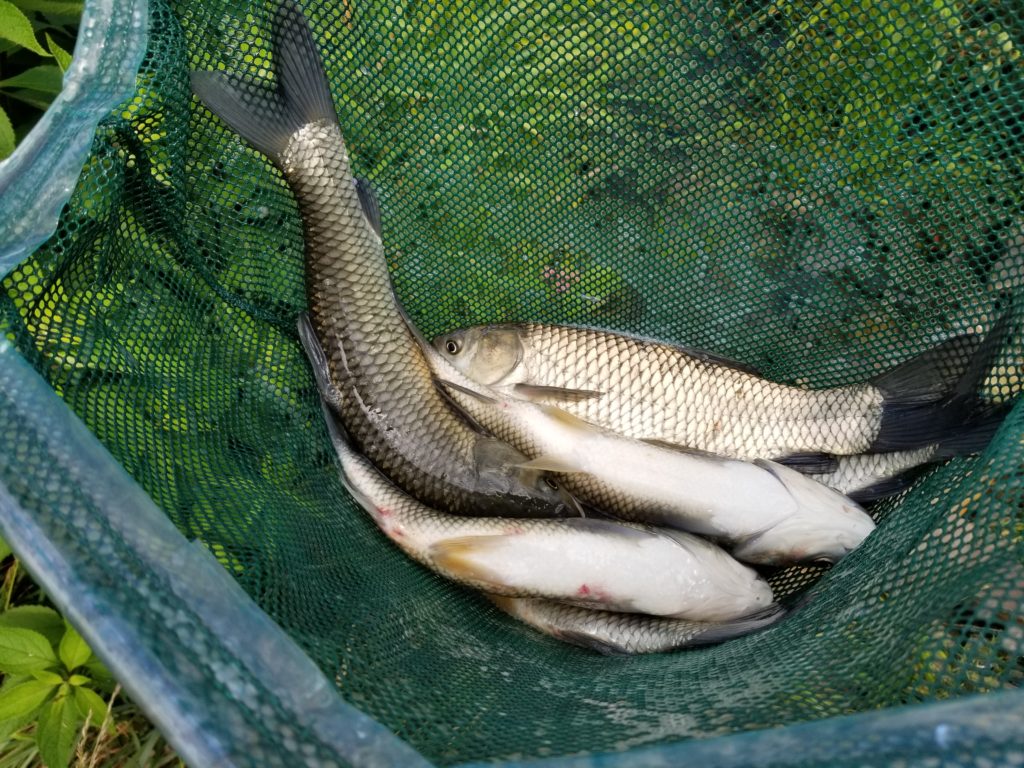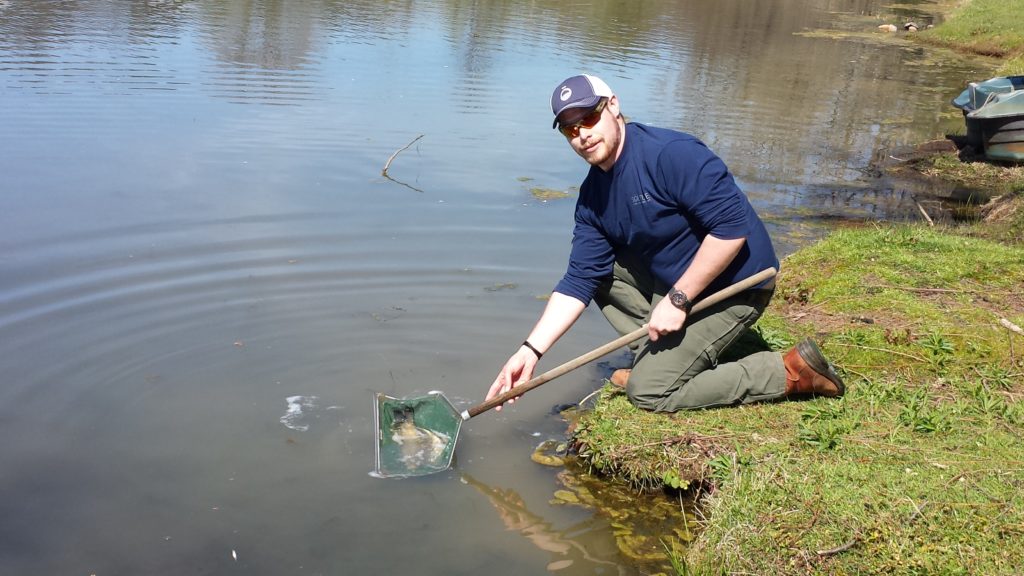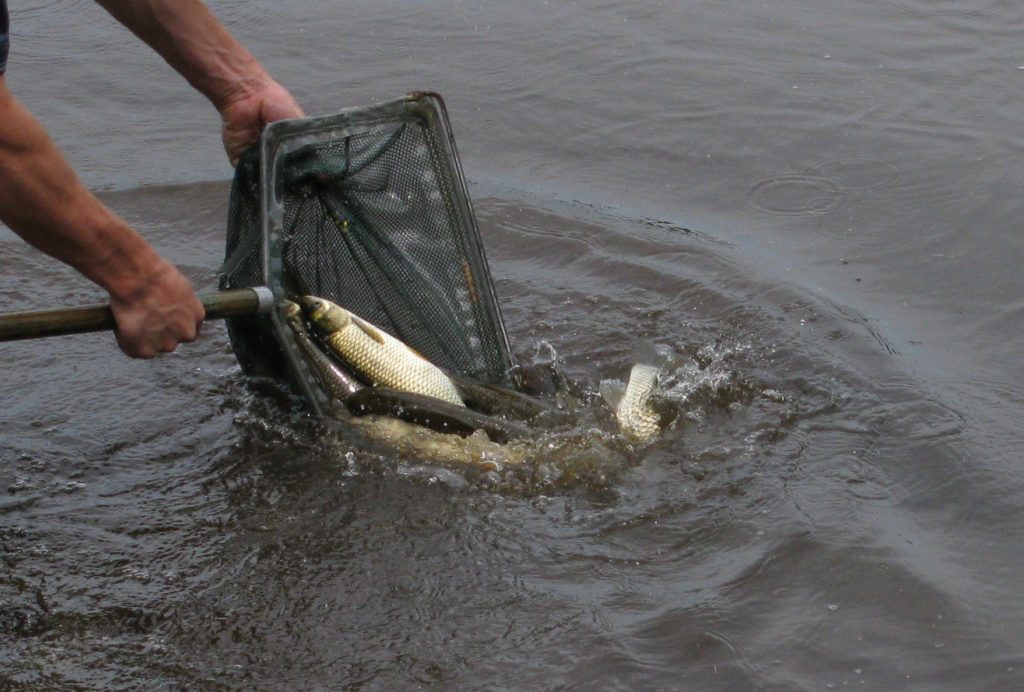

Grass Carp And Lake Management – Dispelling The Myths
As pond and fisheries managers, we are often tasked with manipulating submersed vegetation in lakes and ponds. For various reasons, there may be limitations on the use of herbicides as a management tool. As an alternative, triploid grass carp (also known as white amur), are often used to help control unwanted aquatic vegetation due to their ferocious appetite for submersed vascular plants and some types of branched algae. These fish are regulated by most states, and a permit is typically required in order to stock them in your lake or pond. In some states, however, they are not even allowed.
Although grass carp are commonly stocked across the country, there are many myths surrounding them and how they are used in aquatic vegetation management. Many pond owners who have stocked them in the past will say they didn’t work. Others have a lot of questions concerning the impacts, once stocked: How fast will they reproduce? Will they eat everything? Won’t they get out? The truth is, when stocked properly, all of these concerns can be avoided.

In 1983, US grass carp producers began production of a sterile (triploid) form of grass carp, meaning they cannot reproduce. The fact they are sterilized is a step in the right direction, but other measures need to be considered. Many people have learned through experience, or are told, that grass carp cannot control their submersed vegetation. Unfortunately, in many cases, this is a misunderstanding and human error played a role in the failure. Prior to stocking grass carp, it is very important to have accurate expectations surrounding what control you can achieve. Fish stocking rates, sizes, time of year, the species of vegetation present, how quickly you want results and even possible predators all play an important role in the successful introduction of grass carp. Since their mortality rate averages 20% annually, grass carp need to be restocked over time to maintain a sufficient population.

Managing Fish Habitats
SOLitude Lake Management is a nationwide environmental firm committed to providing sustainable solutions that improve water quality, enhance beauty, preserve natural resources and reduce our environmental footprint. SOLitude’s team of aquatic resource management professionals specializes in the development and execution of customized lake, pond, wetland and fisheries management programs that include water quality testing and restoration, nutrient remediation, algae and aquatic weed control, installation and maintenance of fountains and aeration systems, bathymetry, mechanical harvesting and hydro-raking, lake vegetation studies, biological assessments, habitat evaluations, and invasive species management. Services and educational resources are available to clients nationwide, including homeowners associations, multi-family and apartment communities, golf courses, commercial developments, ranches, private landowners, reservoirs, recreational and public lakes, municipalities, drinking water authorities, parks, and state and federal agencies. SOLitude Lake Management is a proud member of the Rentokil Steritech family of companies in North America.









